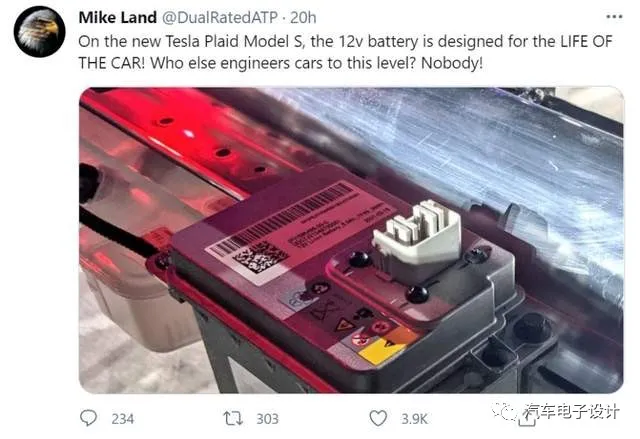A friend sent me a picture yesterday of the Model S Plaid’s 12V lithium-ion battery, which he claimed to have designed. I was at a loss for words, it was too fancy for me (my self-esteem took a blow). With the iteration of battery technology in China, it is estimated that in another 5 years, the domestic industry will dominate the design of many of the world’s top vehicle components.
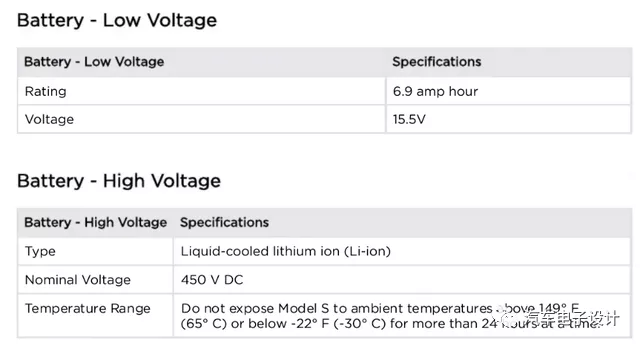
Let’s take a closer look at this battery. It is a 99Wh lithium-ion battery with a configuration that differs greatly from the previous A123 LFP solution. We calculated that if it uses a 1P4S configuration with a rated voltage of 15.5V, it would use ternary cells (based on the battery’s rate, it is more likely to reuse the NCM111 used in the previous HEV cell). This battery is particularly small in terms of overall energy and capacity.
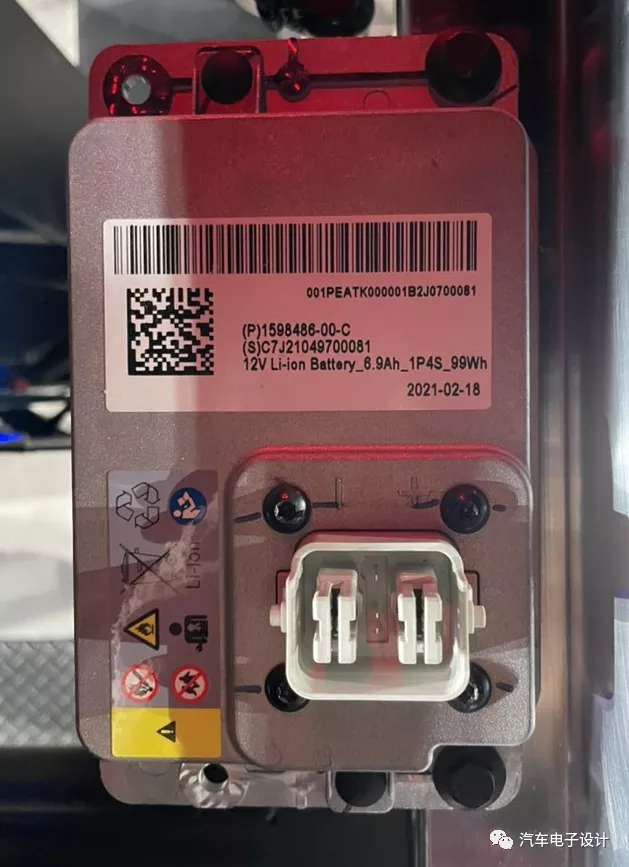
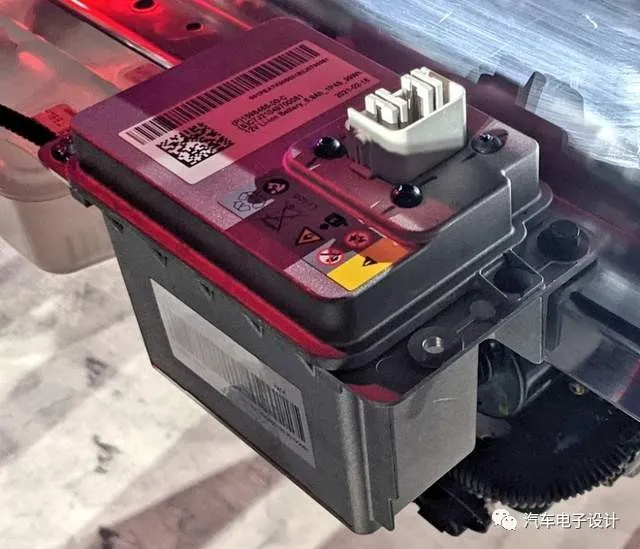
Comparing this to the 528Wh 40Ah&13.2V lithium-ion battery on the Taycan we mentioned before.
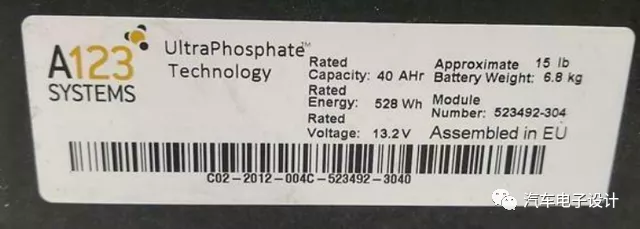
Here are a few questions and speculations:
Will there be any control issues with such a small battery? The NCM 6.9Ah is compared to LFP’s 20Ah. If the DCDC does not work for a particularly long time, it will be challenging for this 6.9Ah battery to meet Tesla’s current demands on the 12V bus. It is my personal understanding that when using such a small battery, Tesla may have further updated the down-electrification strategy for the overall high-voltage battery, and at least there will be a 12V battery detection mechanism to ensure that the 12V battery’s charge level does not enter a deficit state.
The second speculation is that an internal high-voltage to low-voltage self-start mechanism may have been used. If this 12V battery is used, it is necessary to prevent the battery from being depleted, that is, there is no overall logic for the 12V battery. In other words, a low-power source is needed to allow the DCDC to start the 12V battery under any condition.The third guess is based on the power supply of the execution unit of L2+. If Model S is to be equipped with FSD, how can the reliable power supply of the main executing components such as EPS and brake systems, and the hardware computing platform be ensured? Assuming that DCDC has an abnormality, the time that 100Wh 6.9Ah can persist under a large current demand is very short.
Of course, considering that the primary design goal of Model S Plaid is unparalleled acceleration, it is logical to reduce the overall weight of the vehicle and decrease the 12V power supply. However, this deviates from the requirement goals for the robustness of advanced autonomous driving.
In summary, there are still many aspects that I do not fully understand, but I believe that the mysterious power of Tesla and the Orient will enable rapid iteration. Thank you to this era for allowing us to come into contact with interesting designs and ideas.
This article is a translation by ChatGPT of a Chinese report from 42HOW. If you have any questions about it, please email bd@42how.com.
